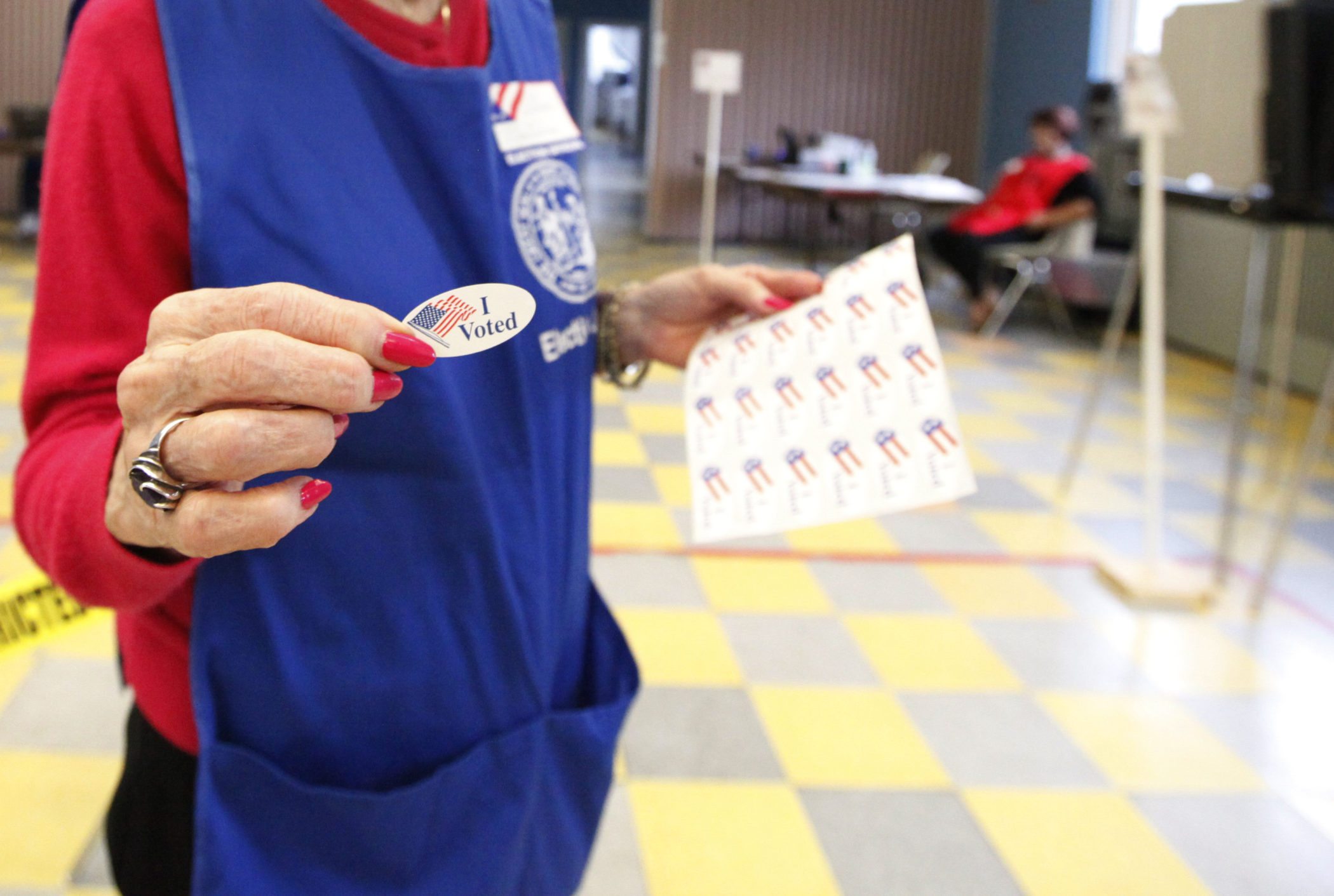Guest Column: Voting In Person The Surest Way To Make Your Ballot Count
“A massive influx of mailed ballots would present serious logistical challenges …”
by GARRY SMITH || With South Carolina’s special legislative session set to begin in just a few wee
